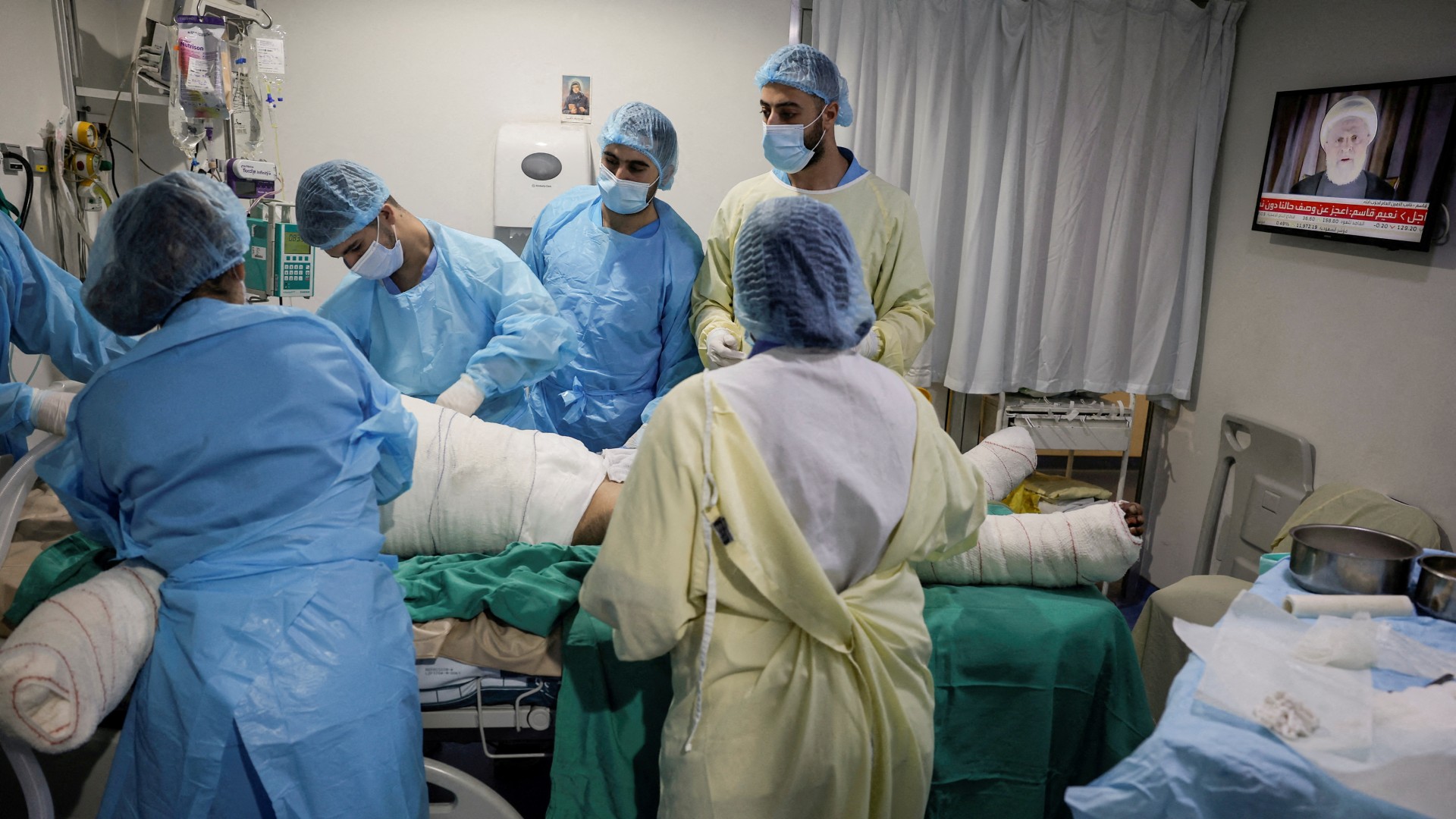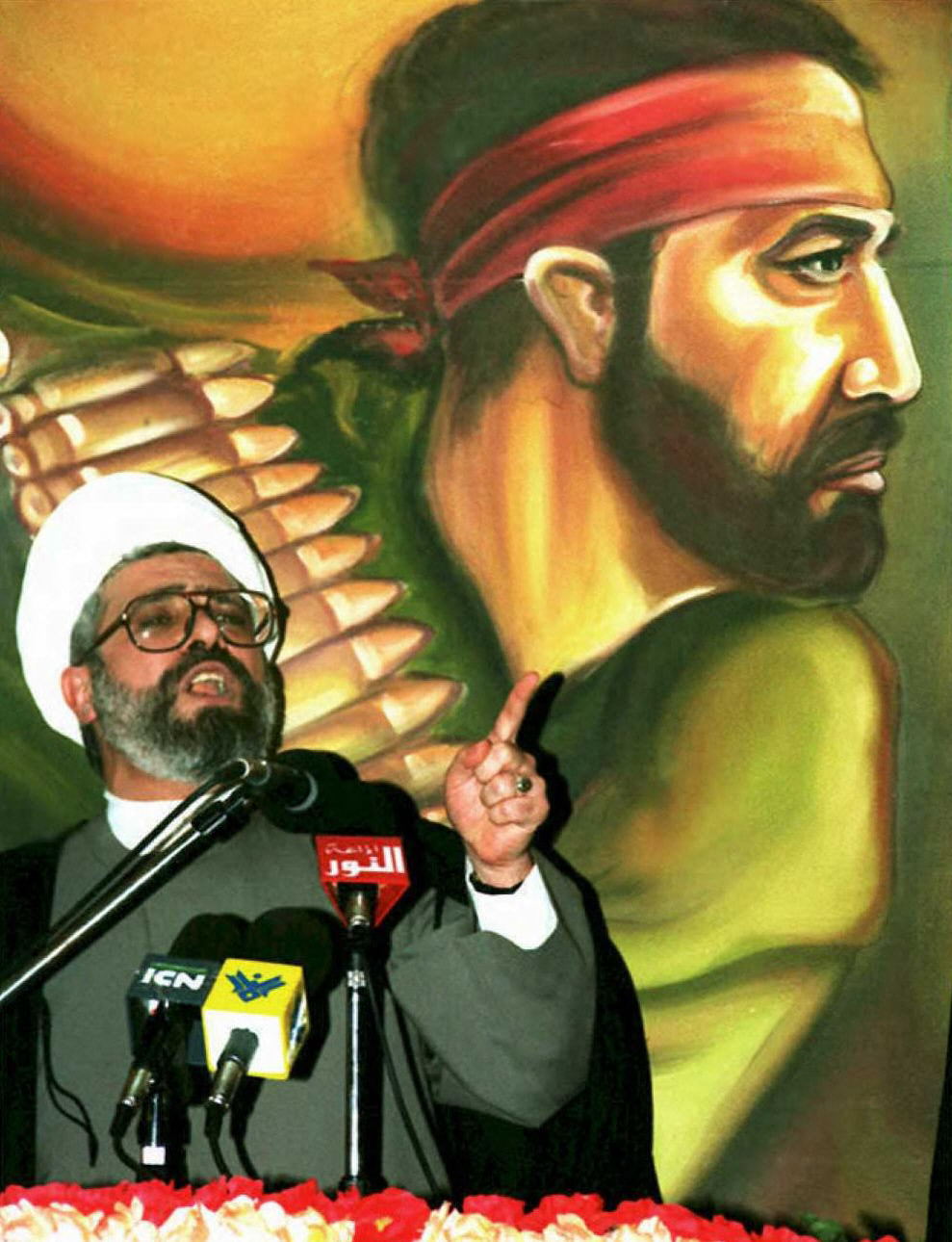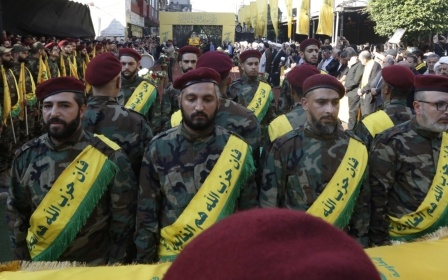Naim Qassem: Hezbollah's strategist, ideologue and now leader

Dubbed Hezbollah’s second-in-command for over 33 years, Naim Qassem capped more than four decades of Shia political Islam activism with his election as the movement’s fourth secretary-general on Tuesday.
Taking place exactly one month after Israel killed his predecessor Hassan Nasrallah, Qassem’s election by Hezbollah’s Shura Council comes as the group experiences its most difficult phase since it came into existence in 1982.
In addition to Nasrallah, Israel has killed a string of shadowy top military commanders, along with Hachem Safieddine, Nasrallah’s presumed successor, while launching a ground invasion of southern Lebanon and pummelling the country with air strikes.
Born in the Beirut neighbourhood of Basta al-Tahta in 1953, Qassem hails from the village of Kfar Fila in the south Lebanon district of Iqlim al-Tuffah.
He earned a master's degree in chemistry from the state-run Lebanese University and taught the subject at various public schools in Lebanon.
New MEE newsletter: Jerusalem Dispatch
Sign up to get the latest insights and analysis on Israel-Palestine, alongside Turkey Unpacked and other MEE newsletters
As a student, Qassem was attracted to political Islam. He played a role in the founding of the Lebanese Union of Muslim Students, a group that brought together hundreds of university and school students from across Lebanon and received support of towering Shia figures such as Imam Musa al-Sadr and Grand Ayatollah Sayyyed Mohammad Hussein Fadlallah.
In parallel, Qassem received tuition from prominent Shia religious scholars.
In 1982, Qassem participated in the founding of Hezbollah, born in the wake of Israel’s invasion of Lebanon that year which claimed the lives of 19,000 people and destroyed much of the country.
Hezbollah then spent the next 18 years waging a relentless armed struggle against Israeli occupation troops, culminating in their withdrawal from most of Lebanon in May 2000.
Hezbollah's public face
Married with six children, Qassem has served three terms on Hezbollah’s eight-member Shura Council, during which he was responsible for the party’s educational activities and scouts.
In 1991, Qassem became the deputy of Hezbollah’s secretary-general, Sayyed Abbas Mussawi, who was killed by Israel along with his wife and son the following year.
Qassem kept his position when Nasrallah was elected as the movement’s leader in February 1992. Later that year, he managed Hezbollah’s first campaign to run in parliamentary elections, a task he would continue to handle in following polls.
As Hezbollah’s second-in-command, Qassem played an active role in formulating Hezbollah’s response to Israel’s military aggressions on Lebanon in 1993 and 1996.
Sporting a white beard and wearing the white turban of a Shia religious scholar, Qassem has made regular appearances over the past decades during Hezbollah political rallies and religious seminars, often delivering speeches.
Qassem represented Hezbollah’s face to many members of the local, Arab and western press, as well as academic researchers who found it relatively easy to interview him in person compared to other Hezbollah officials more cautious in their public appearances due to security considerations.
Qassem's role developing 'resistance society'
A less-known fact about Qassem is his role as Hezbollah’s strategist and ideologue.
The author of no less than 15 books on Hezbollah and Shia religious themes and concepts, Qassem made significant contributions to developing the movement’s “resistance society” concept, elaborated eloquently in his book Resistance Society: The Will of Martyrdom and the Making of Victory.
In this work, Qassem describes resistance society, an idea that Hezbollah has strived to cultivate among its voters, as a “cohesive society that can fight Israel”.
Another major work by Qassem, translated into English and familiar to western journalists and researchers, is Hizbullah: The Story from Within, released in 2005, in which he gives an insider’s view of the party from its inception.
Qassem often headed Hezbollah’s delegations to Iran, the party’s major ally and backer.
He was seen in Tehran in August attending funeral prayers led by Iran’s supreme leader, Ayatollah Ali Khamenei, for Ismail Haniyeh, the Hamas leader assassinated by Israel while on an official visit to the Islamic Republic.
In his first speech as Hezbollah’s secretary-general on Wednesday, Qassem appeared steadfast in the face of huge pressure.
“To those who are betting on our weakness we tell them: Hezbollah will emerge stronger in resistance and politics after the war,” Qassem said.
His remarks came as Hezbollah seems to be recovering from its recent blows, putting up a stiff fight against invading Israeli troops in south Lebanon.
Qassem promised to follow Nasrallah’s footsteps in the “political, jihadi, social and cultural” fields.
Middle East Eye delivers independent and unrivalled coverage and analysis of the Middle East, North Africa and beyond. To learn more about republishing this content and the associated fees, please fill out this form. More about MEE can be found here.






